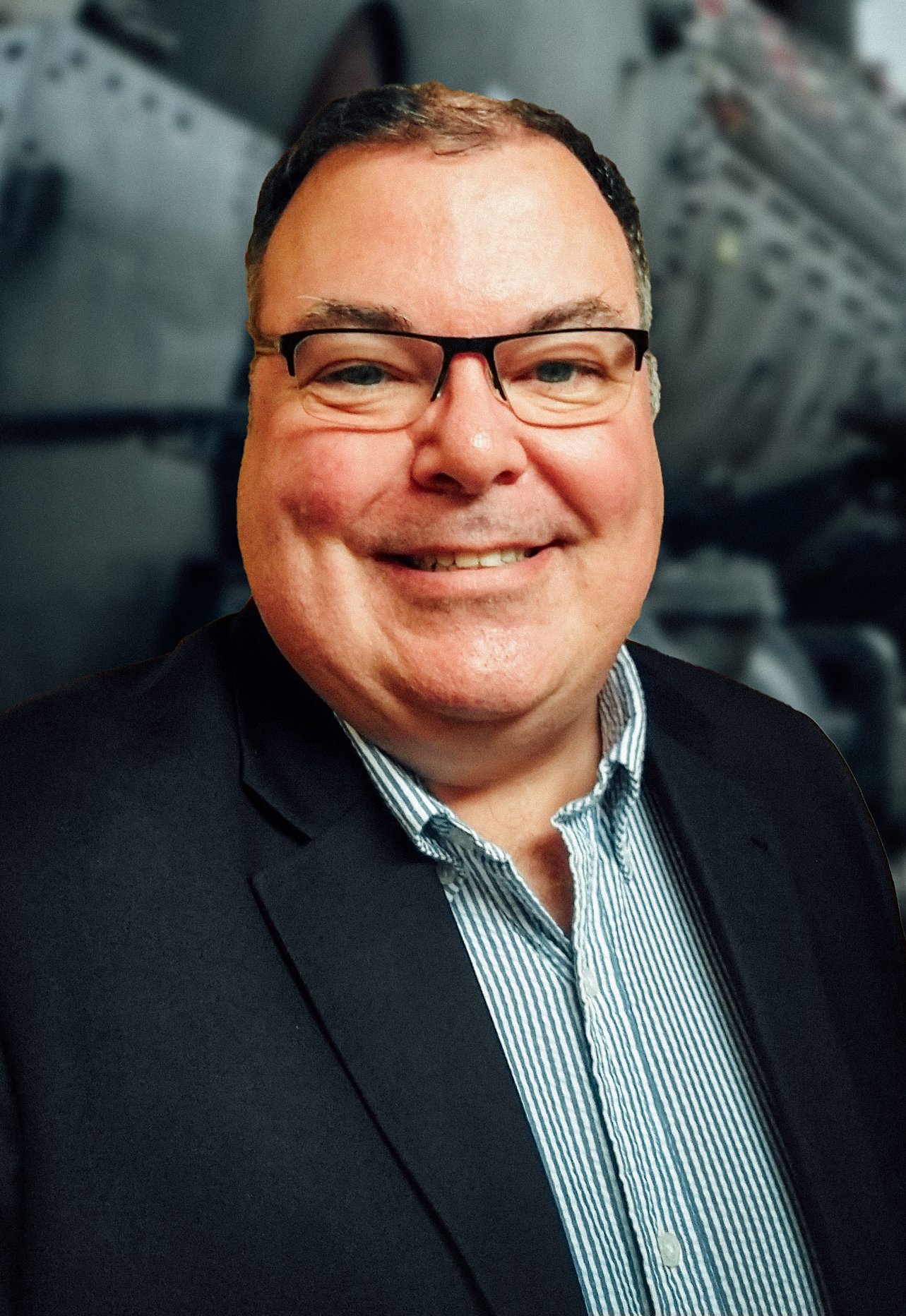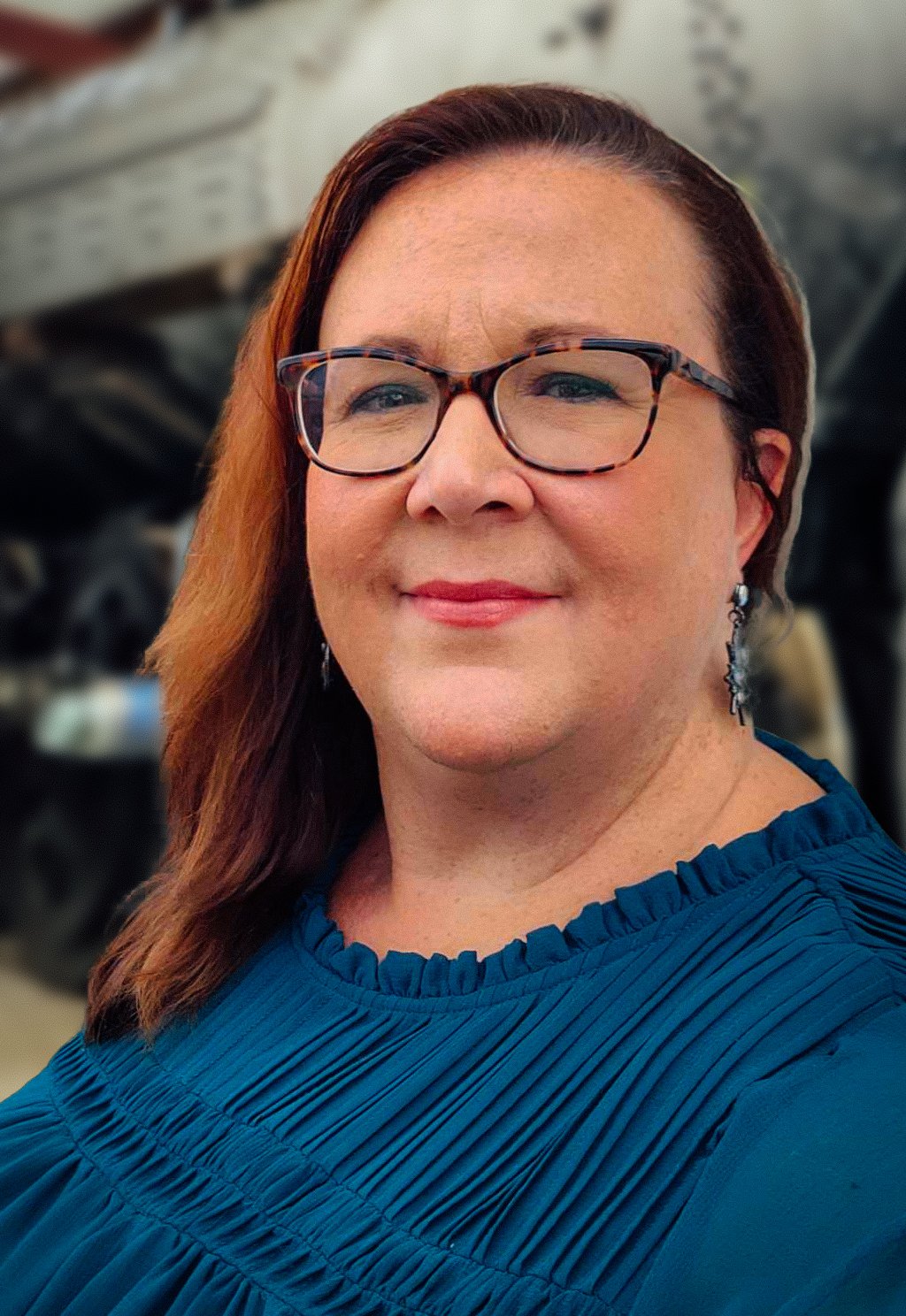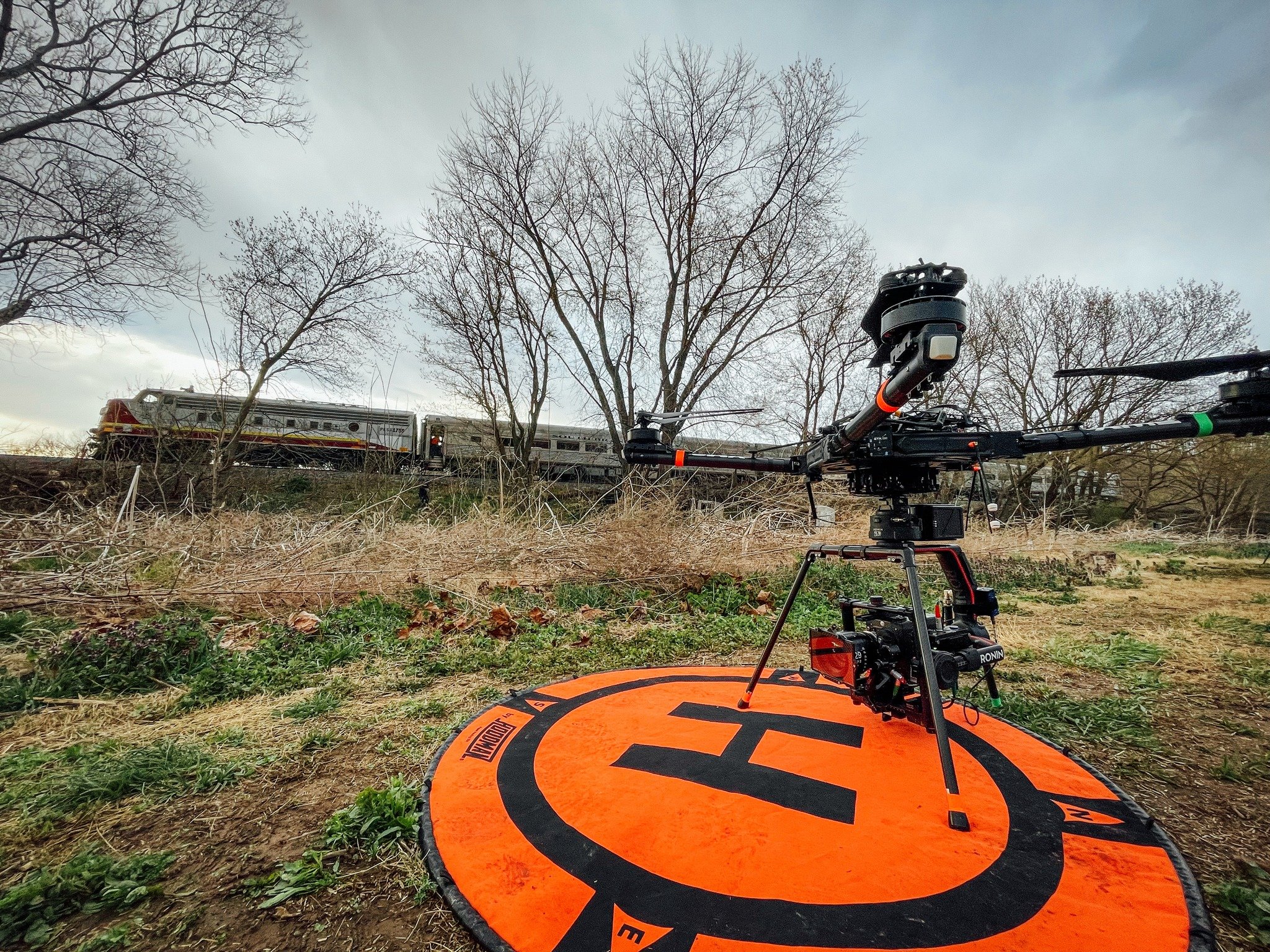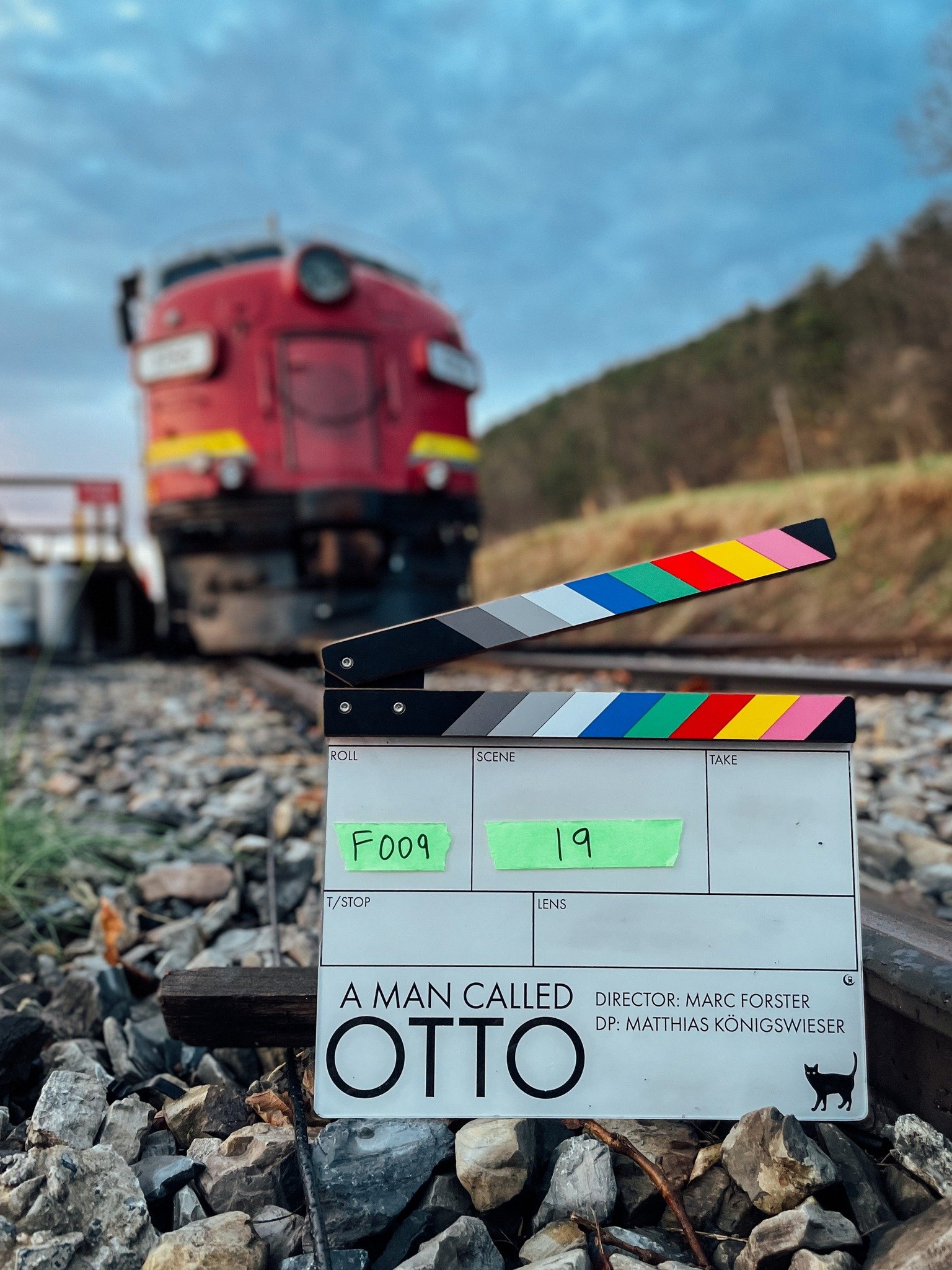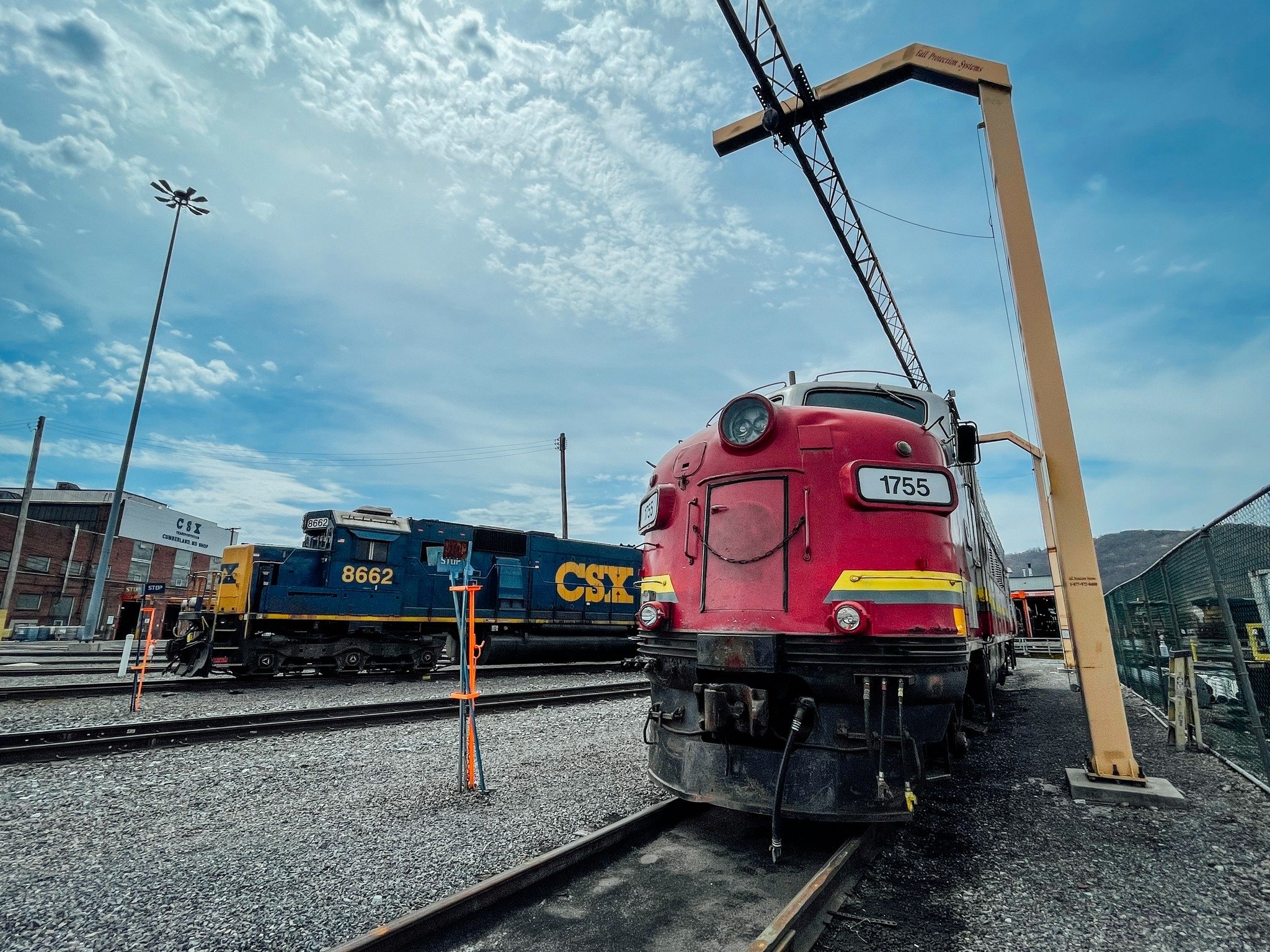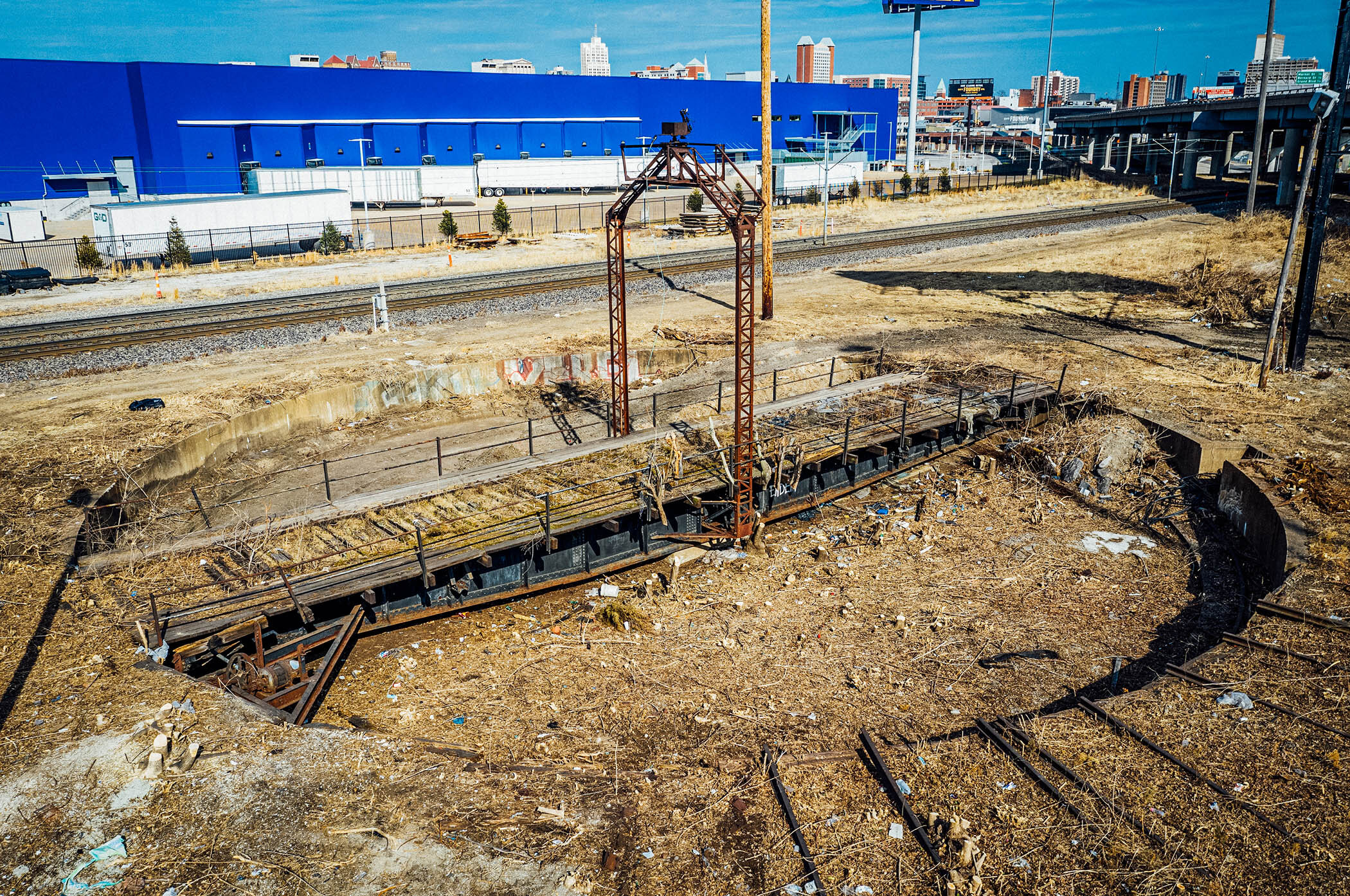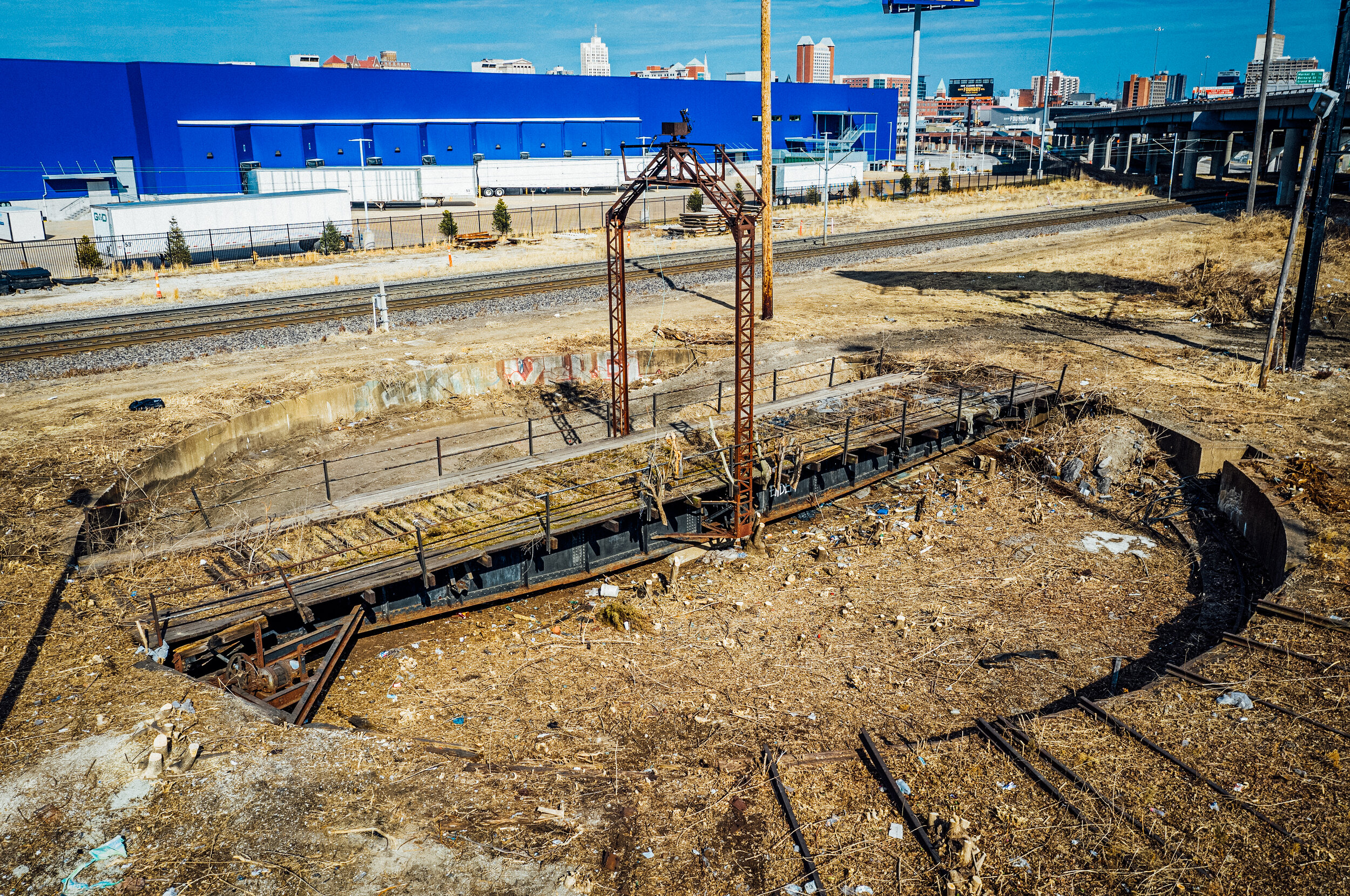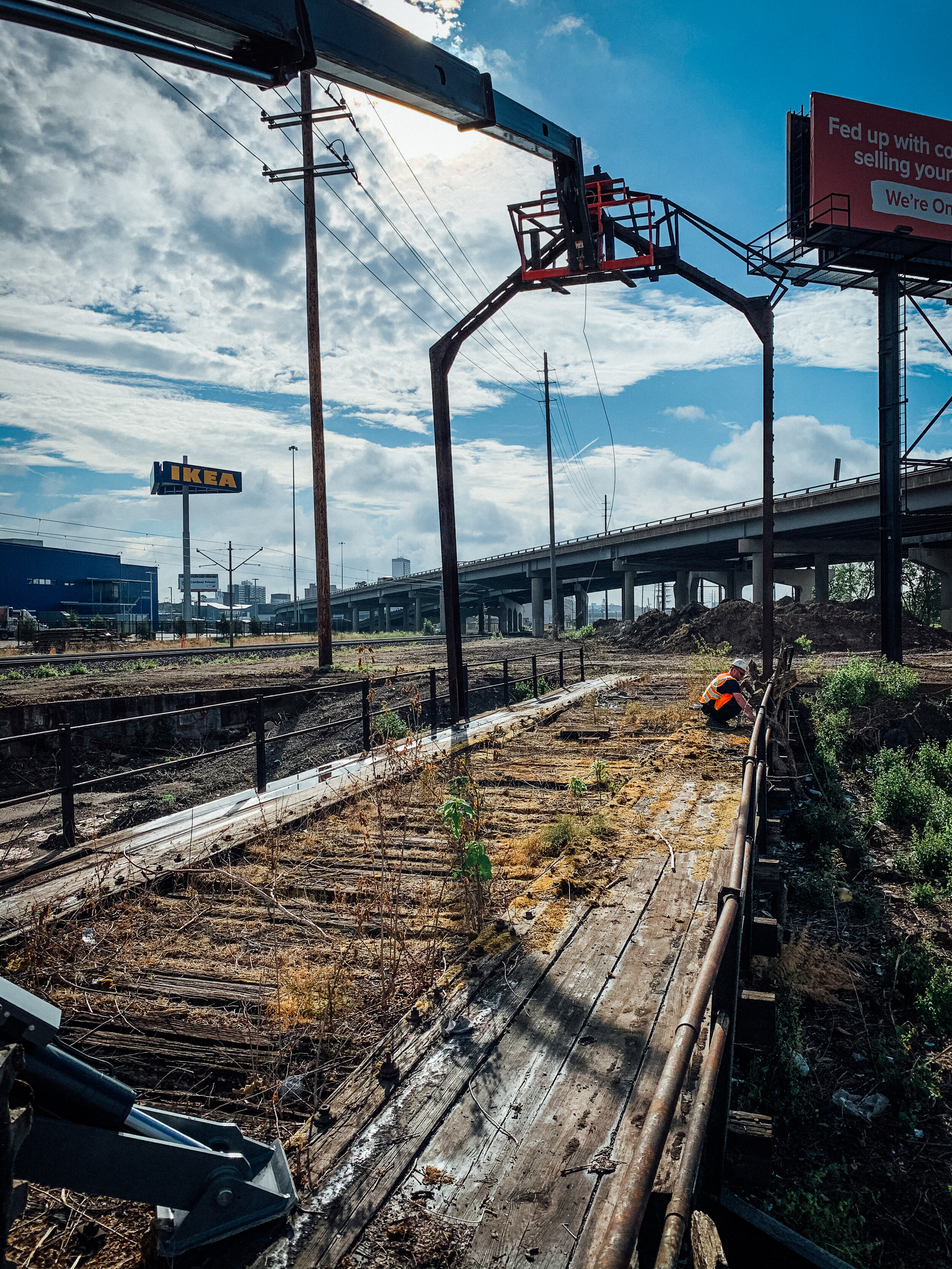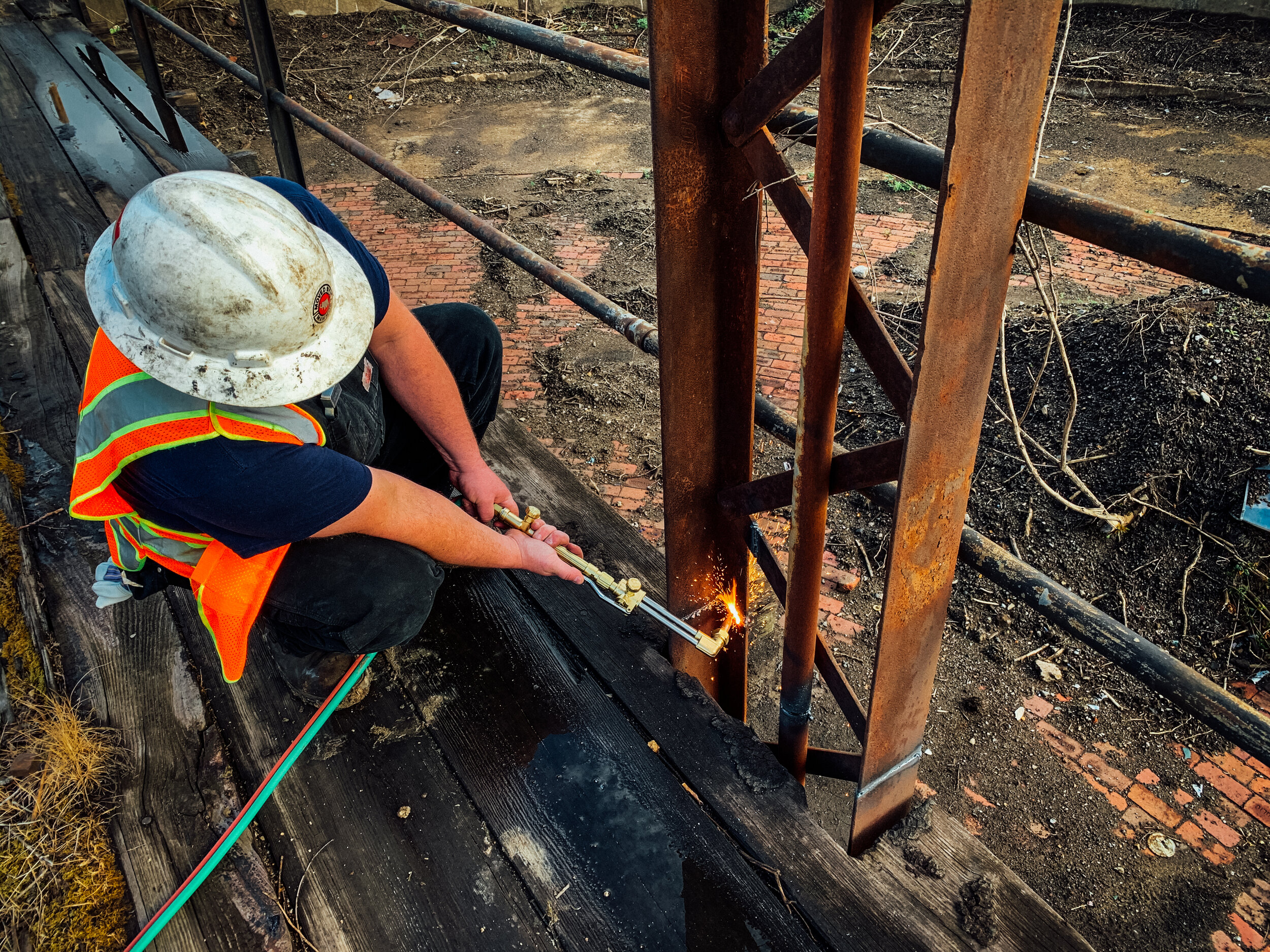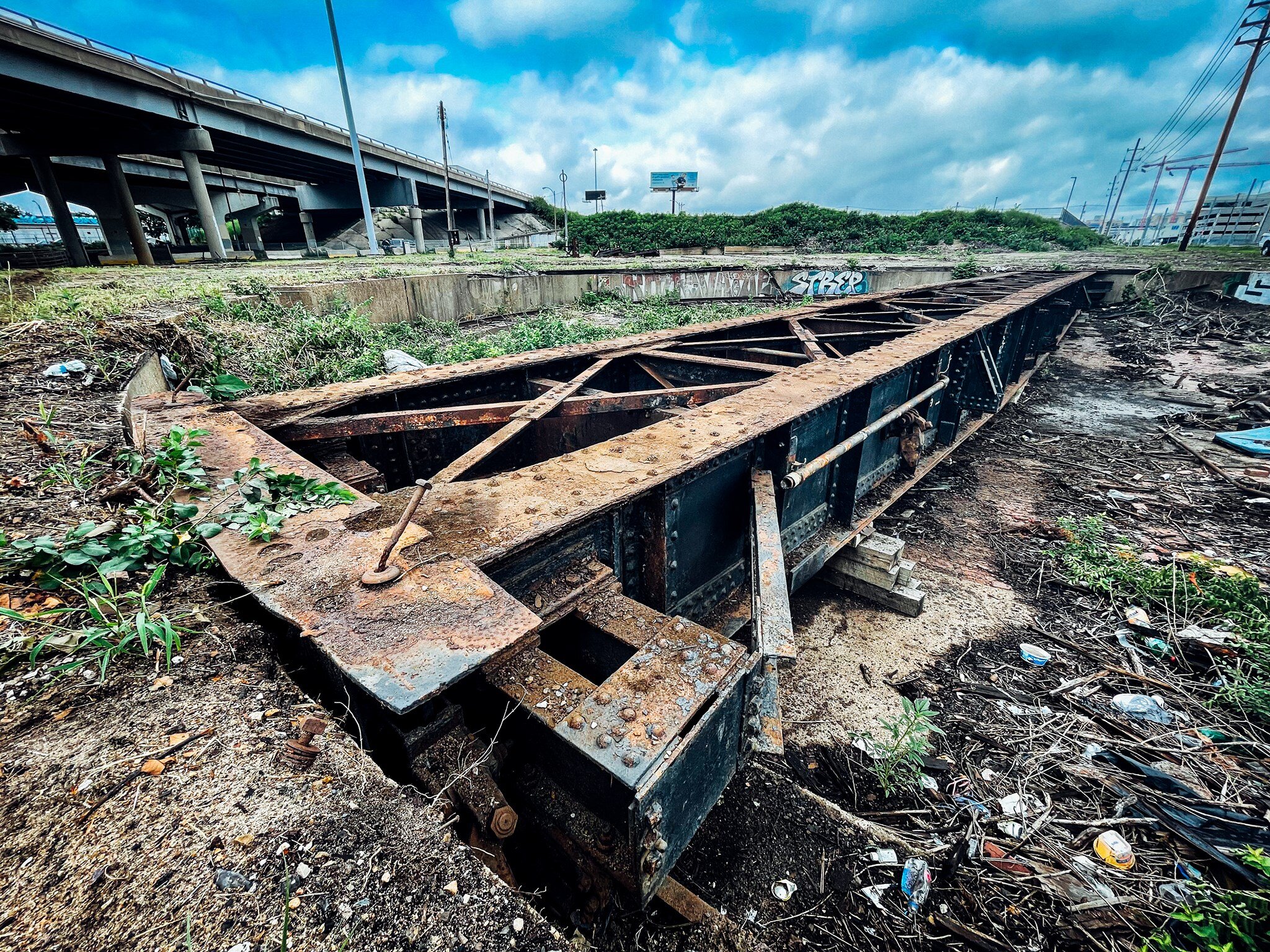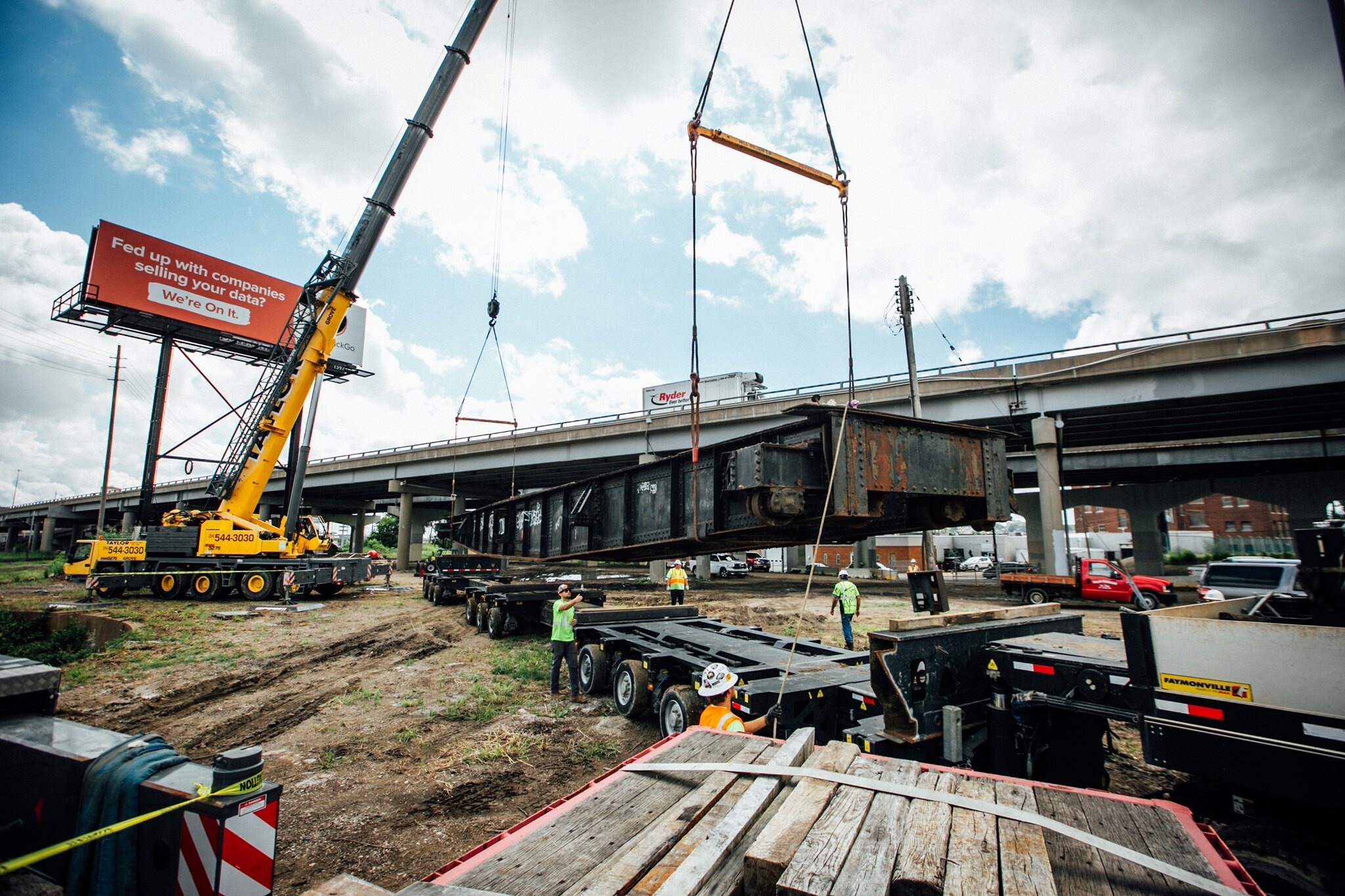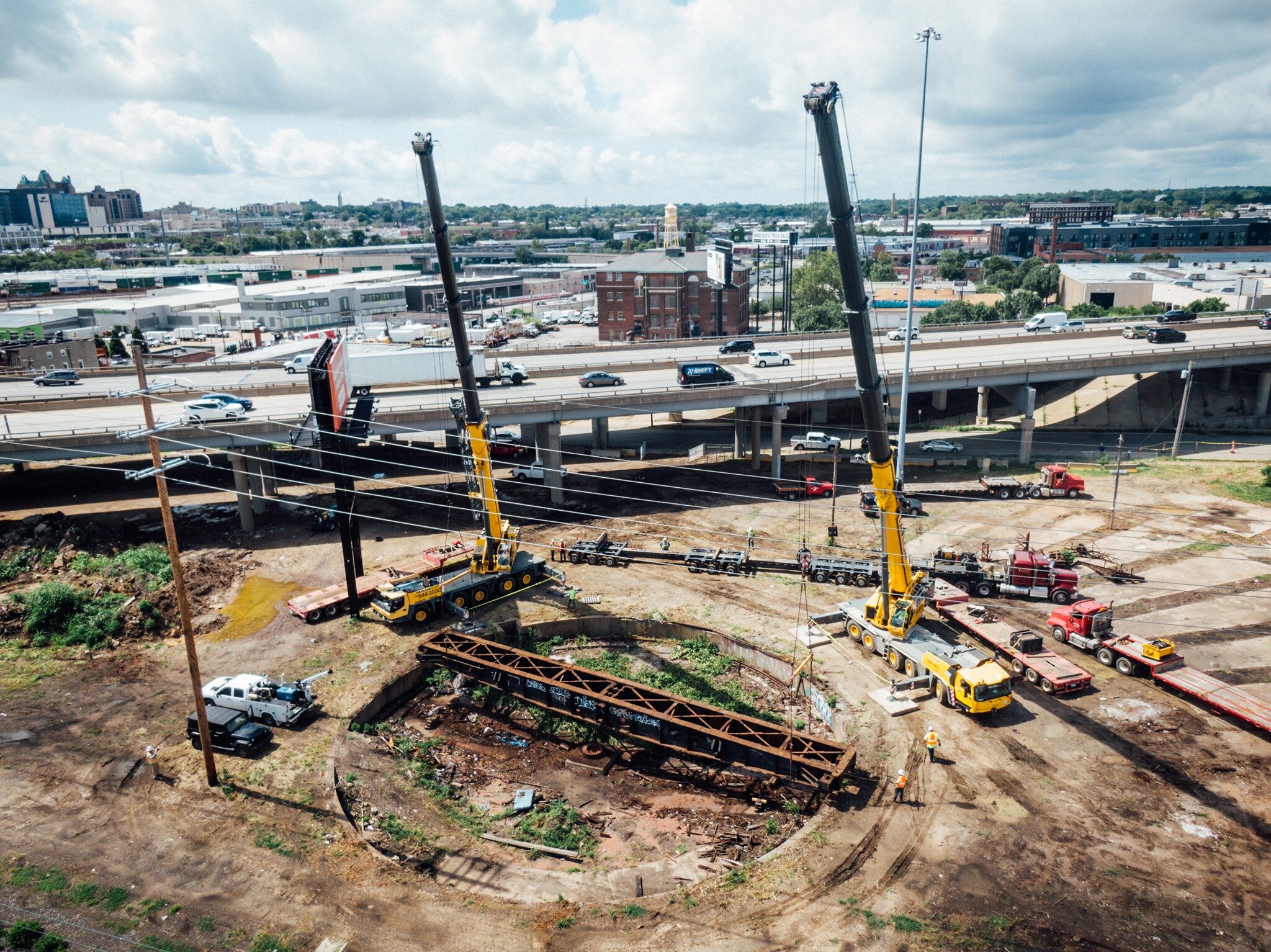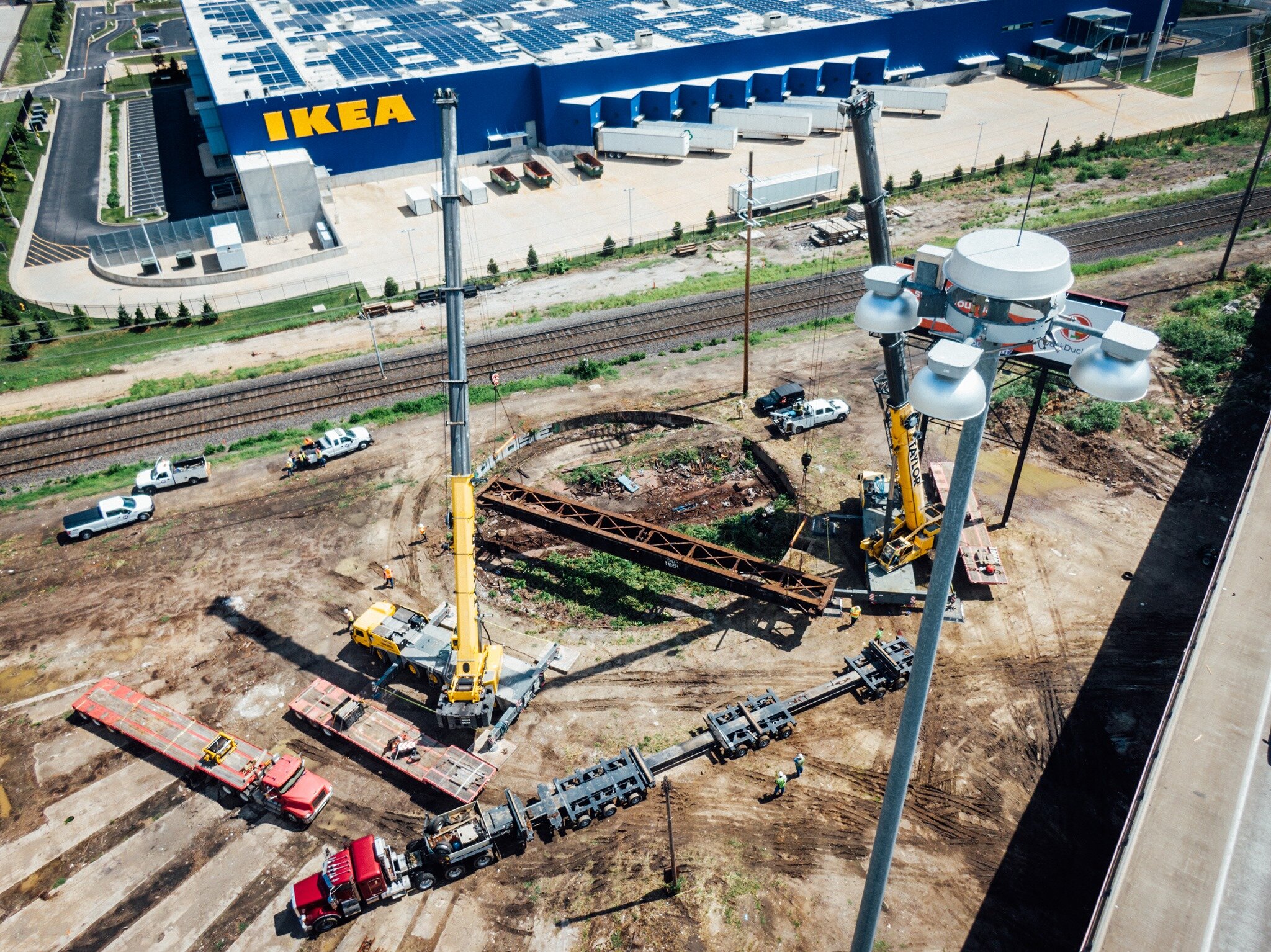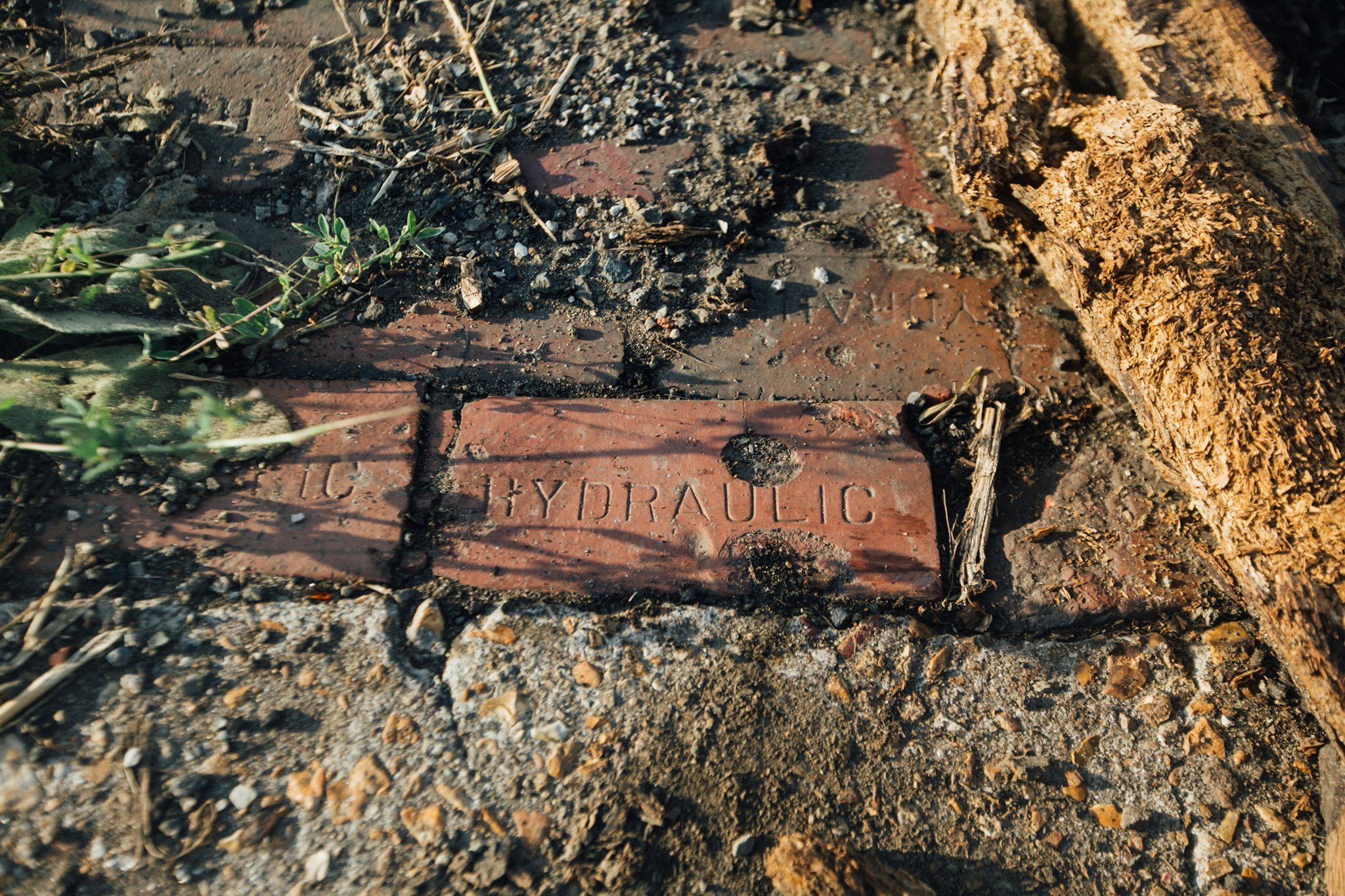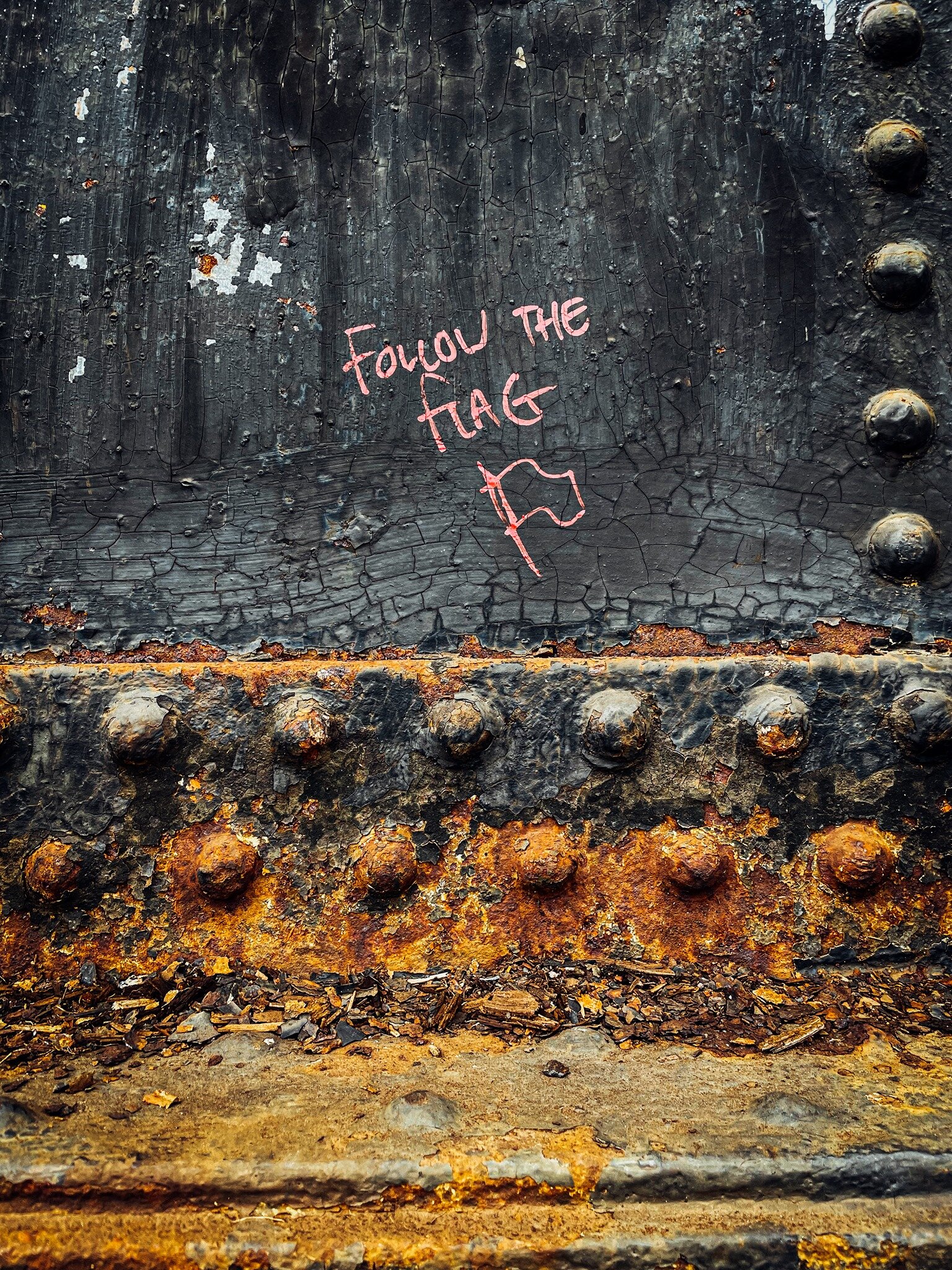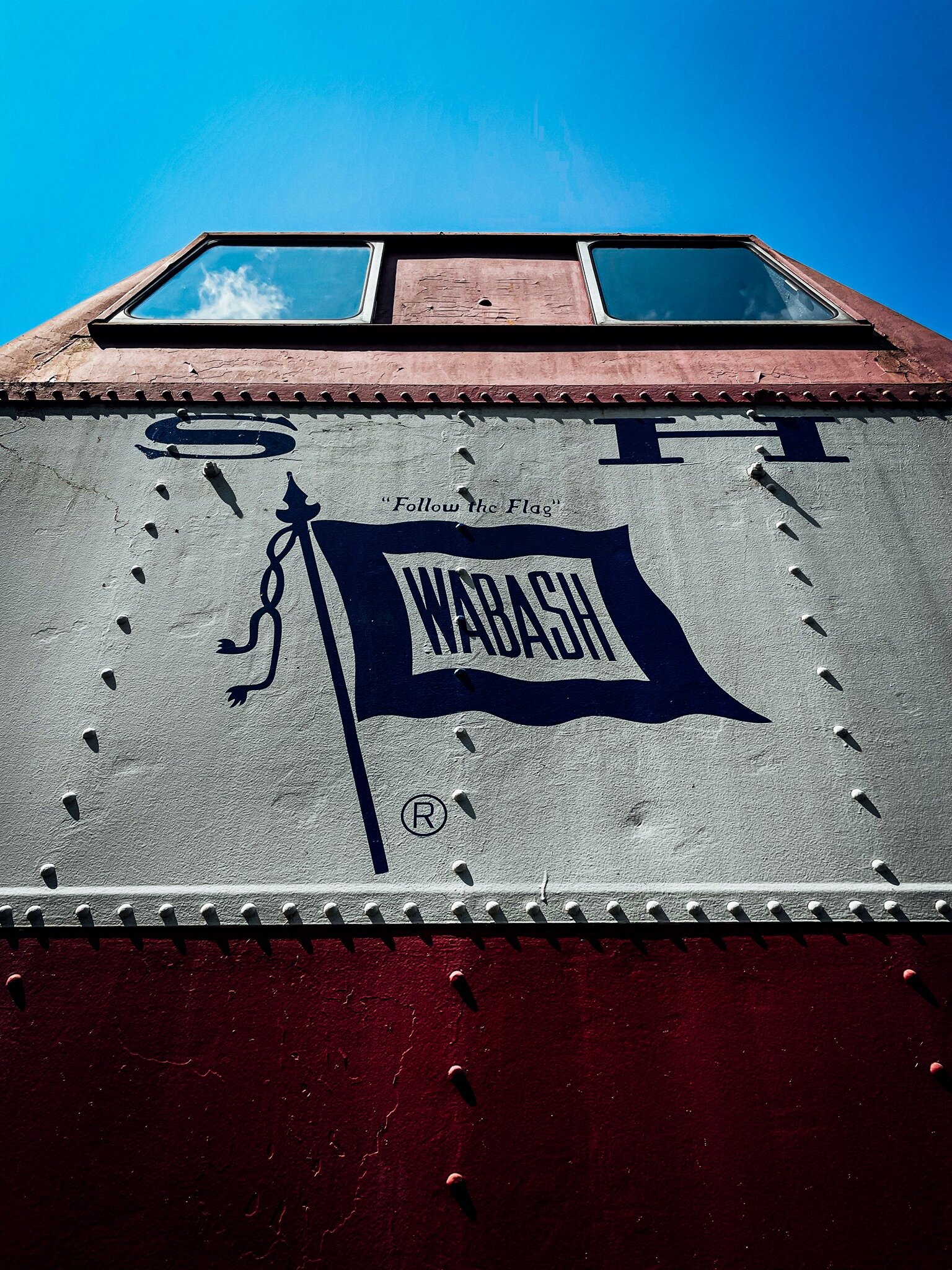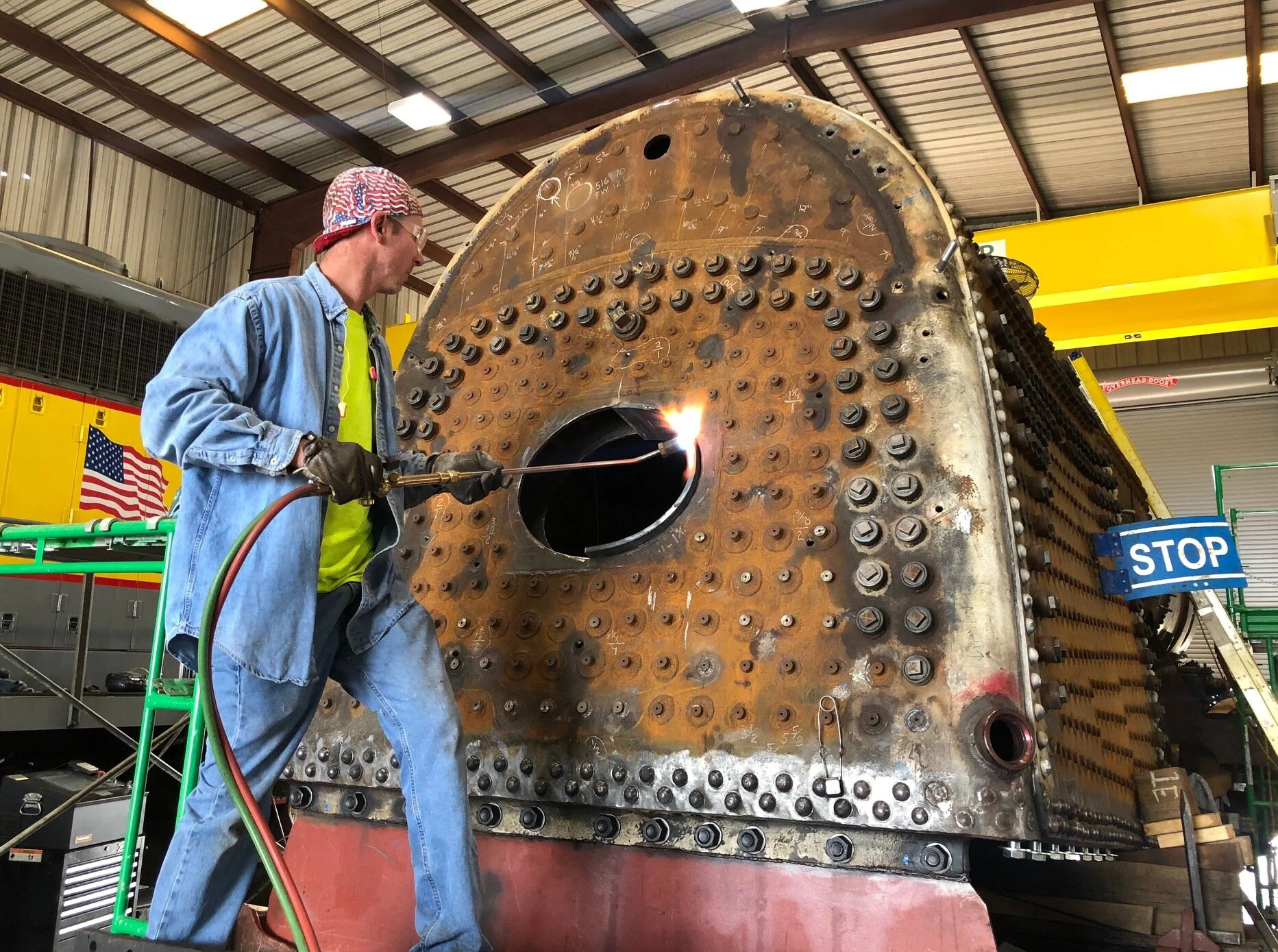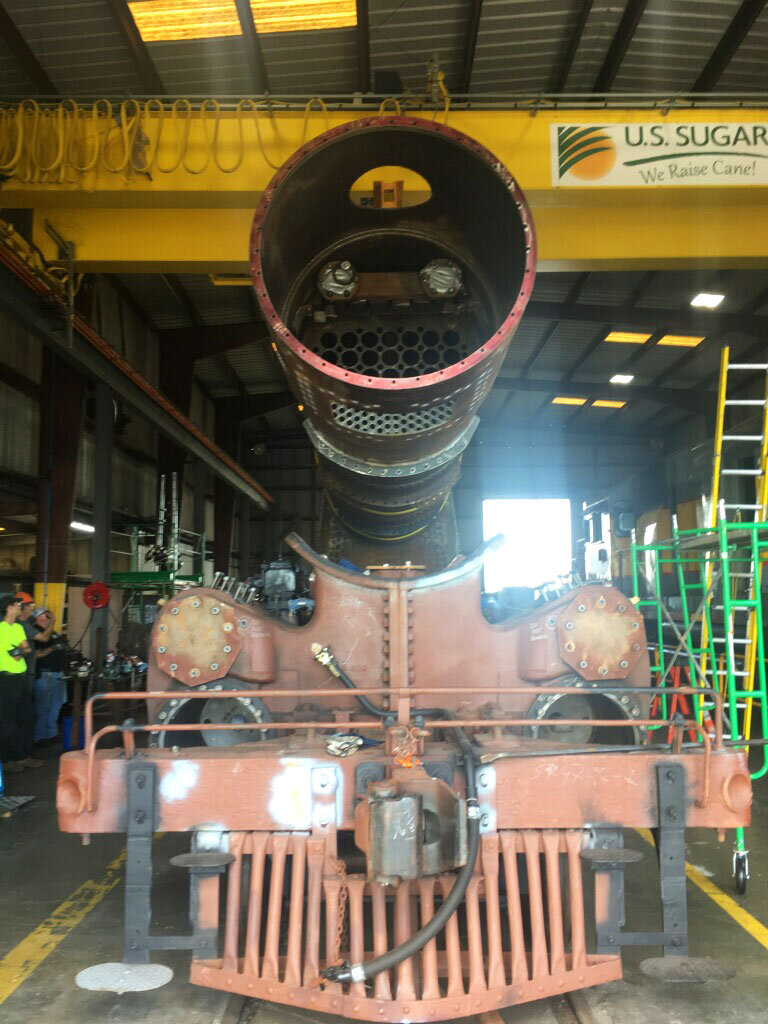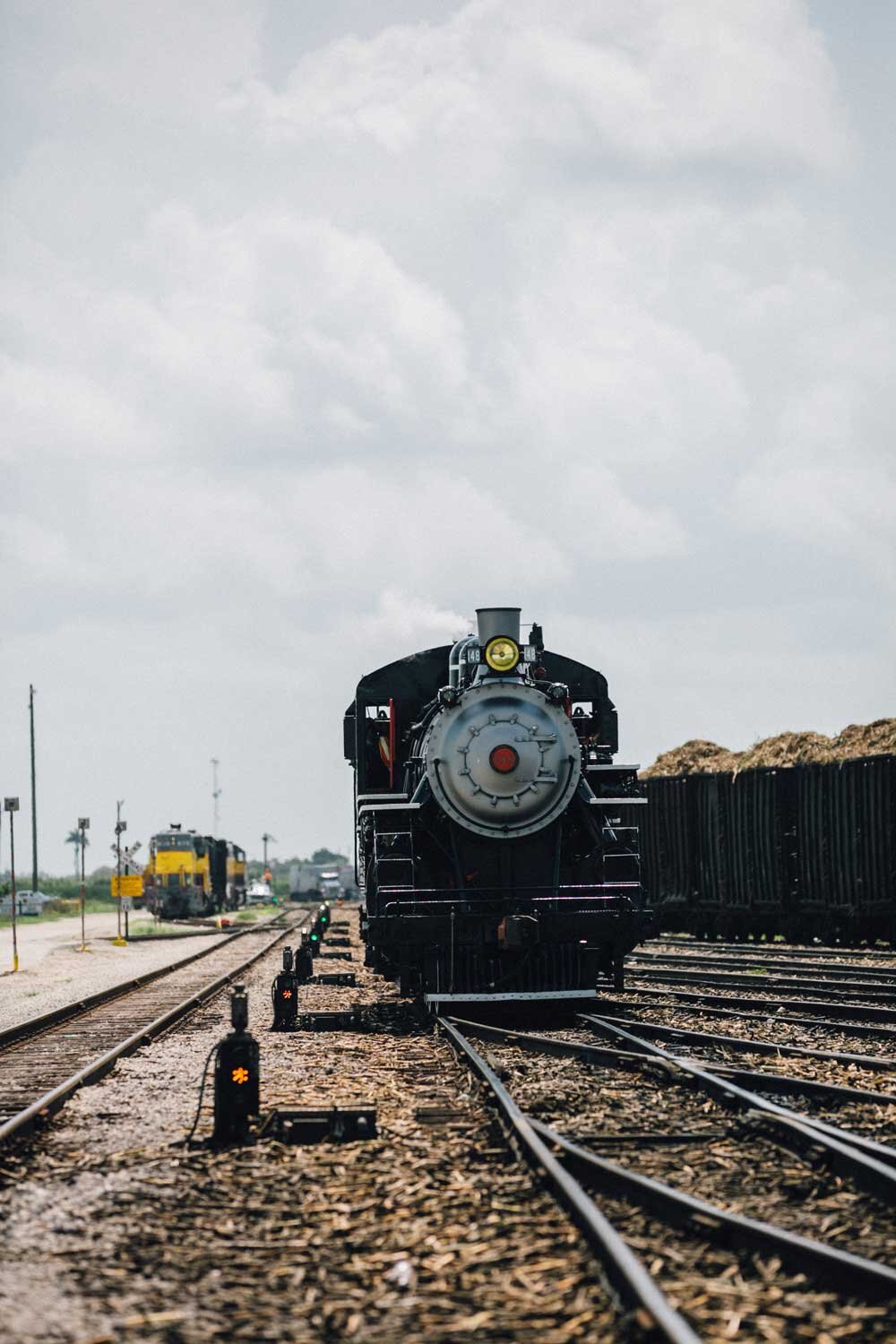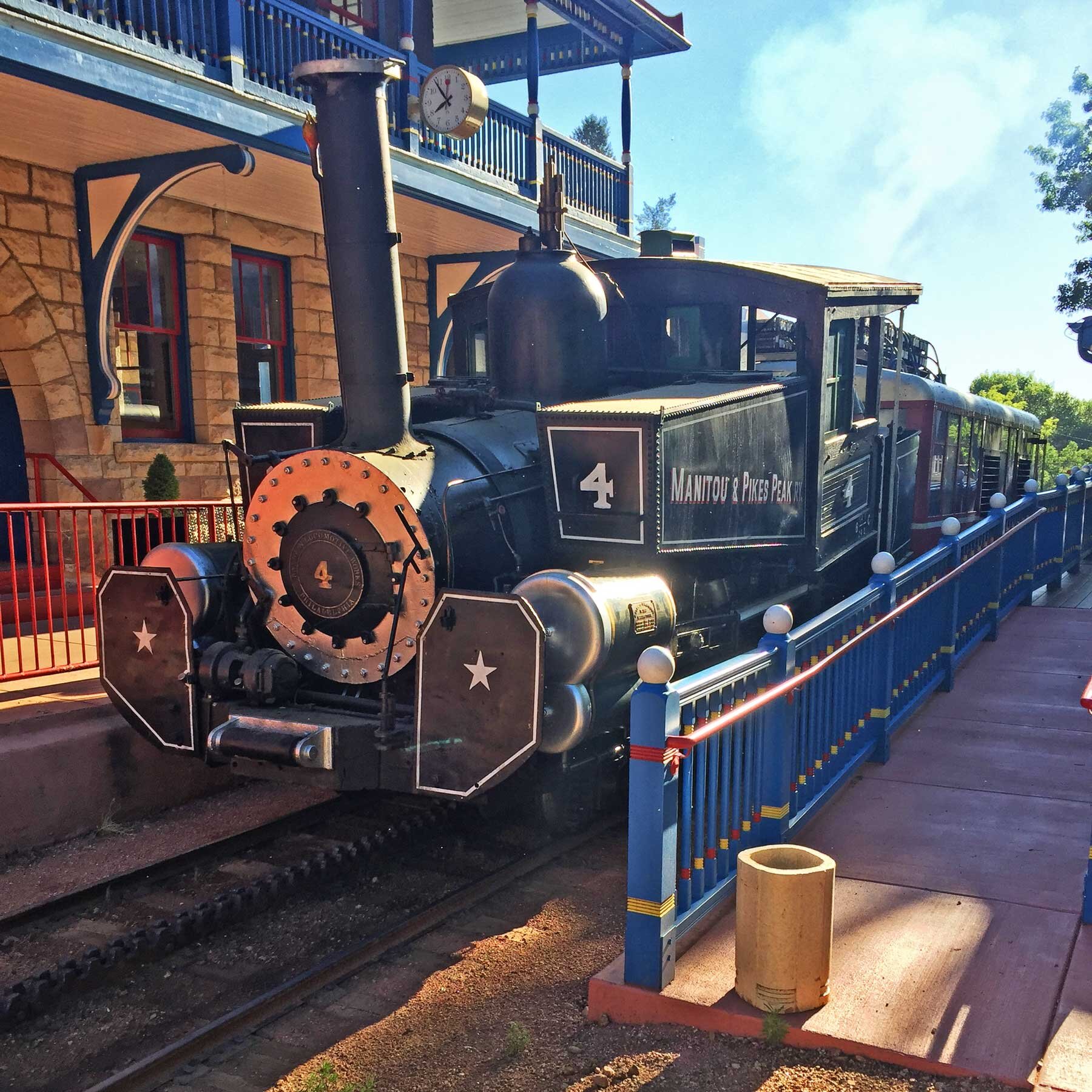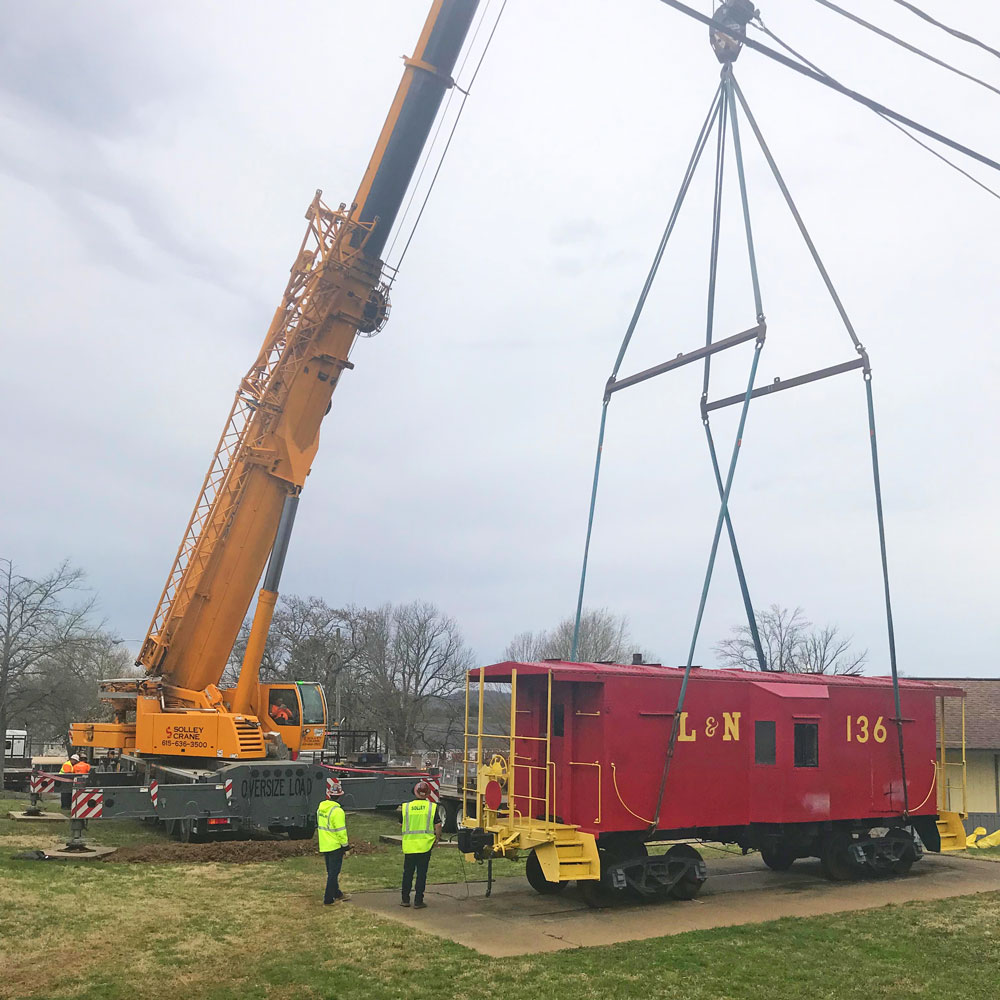CHATTANOOGA, TN – FMW Solutions, a railroad mechanical, engineering, contracting, and consulting firm, has hired railroad veterans Katie Slider as Senior Operations Manager and Roy Wullich as Manager of Operations and Finance.
“Our firm has over 60 active projects between our machine shop, engineering department, heritage work, and diesel locomotive repair efforts,” explained Davidson Ward, President of FMW Solutions. “Katie and Roy will bring valuable organizational support to not only our 30-plus employees around the country but our diverse group of clients as well. We’re humbled to have these accomplished rail industry professionals aboard.”
An award-winning Norfolk Southern employee, Katie Slider’s 24-year career saw her administer equipment planning, operating best practices, end-of-train devices, and car maintenance with senior leadership, mechanical departments, business analysts, and fleet managers. Katie also helped lead Norfolk Southern’s 21st Century Steam Program between 2011 and 2015. Her role at FMW will oversee client onboarding, project management, internal procedures, and the firm’s expanding machine shop in Soddy-Daisy, Tennessee.
With over 40 years in accounting and finance, including 20 years in rail operations, passenger car management, and historic preservation, Roy has held various senior management positions at several international companies including Intel, KPMG, and Price Waterhouse. Roy’s service in rail preservation includes leadership and advisory positions with Canadian Pacific, Railroad Passenger Car Alliance, Tom E. Dailey Foundation, Nashville Steam Preservation Society, and service with the New Kent County Sheriff’s Department.
ABOUT FMW SOLUTIONS
FMW Solutions and its subsidiary National Rail Consulting Group offer a suite of professional services for the railroad industry, including mechanical and engineering design, diesel locomotive servicing and repair, rail operations, strategic planning support, marketing, public relations, safety compliance administration, training, and alternative fuel technology research and development. FMW is also an accomplished rail preservation resource, with expertise in the restoration and operation of historic equipment. For more on FMW Solutions, to request a quote, or proposal, or to explore opportunities for your railroad operation, email us, or call (423) 425-9753.


